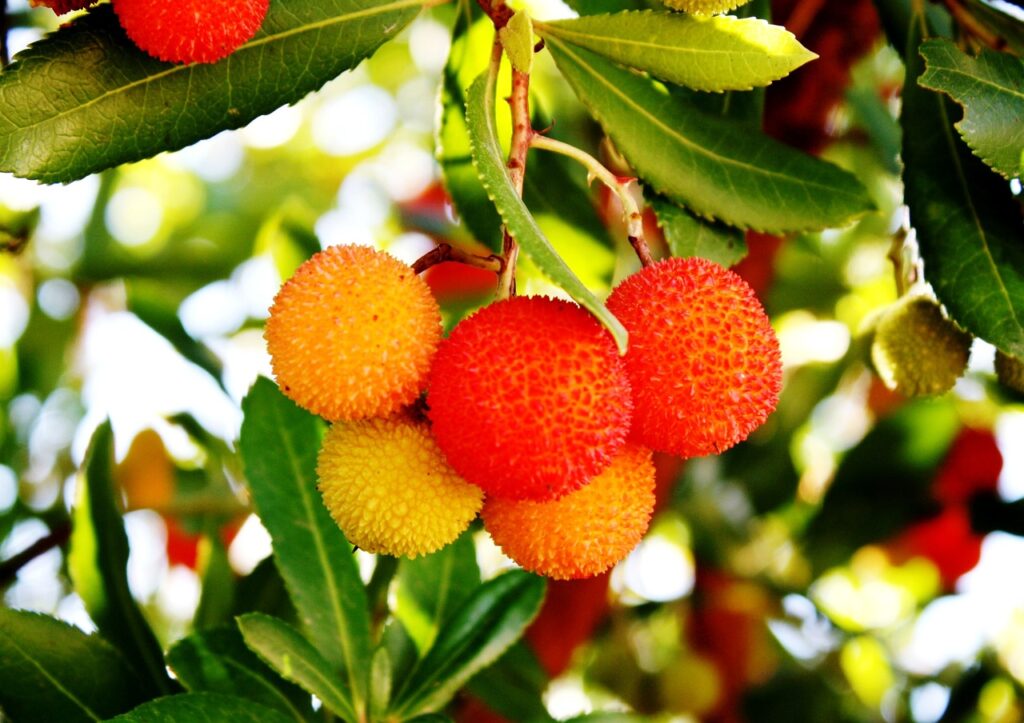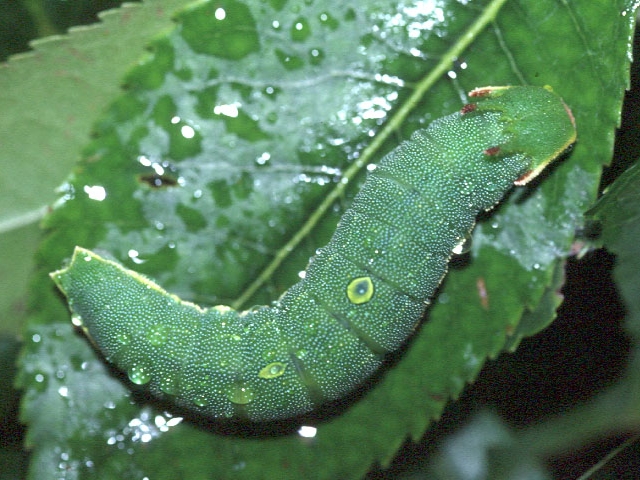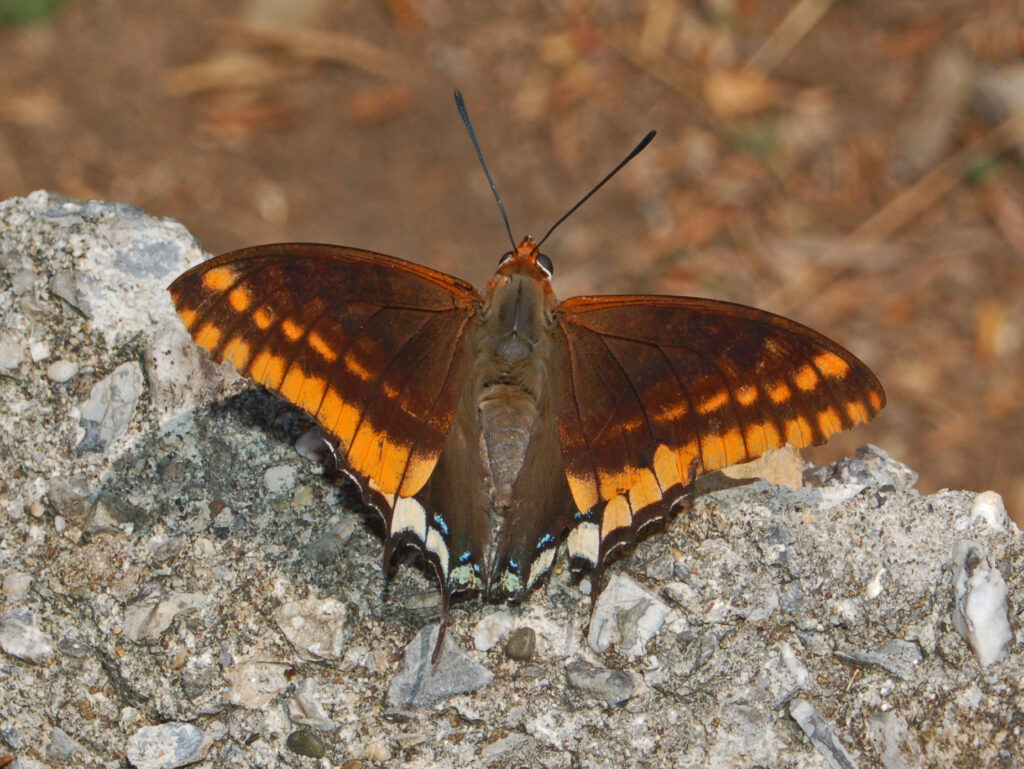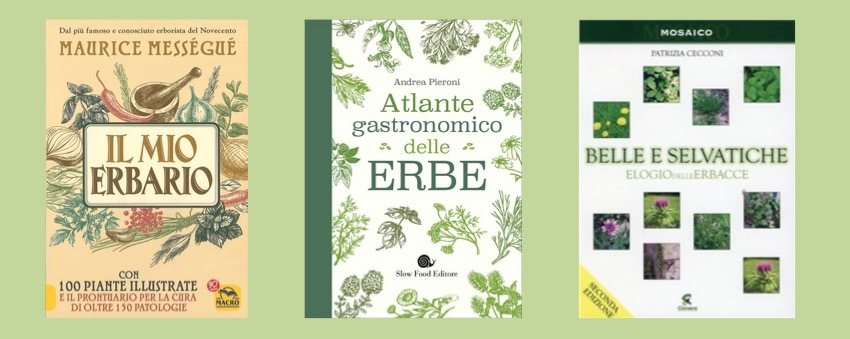«First flourished the golden age, which without avengers/or laws, spontaneously honoured loyalty and rectitude. […] Free, untouched by the rake, unfurled/by the plow, the earth produced everything by itself/and men, satisfied with the foods born spontaneously,/gathered strawberry trees, mountain strawberries, cornelian cherries, blackberries hidden among the thorns of the brambles/and acorns fallen from the airy tree of Jupiter.»
Ovid-Metamorphoses-The Golden Age (Ov. Met. I 89-112)
In the warm days of early autumn, the Mediterranean woods and gardens welcome us with the bright green of the leaves of the scrubland, interrupted at times by brush strokes of white, yellow and red. As in an impressionist painting, the Strawberry Tree with its flowers, fruits and leaves, shows itself in all its splendor.

The Strawberry Tree Arbutus unedo L. 1753 belongs to the Ericaceae family; it is a perennial evergreen shrub; native to the Mediterranean basin, very long-lived, grows rapidly and can become centuries-old. It is able to react vigorously to the passage of fires, so frequent in the Mediterranean area, immediately emitting new shoots.
It can reach 10 meters in height. It has erect branches and a reddish brown and wrinkled bark that, with age, peels into thin scales. The leaves have a serrated edge, are simple, alternate, shiny and leathery, dark green on the upper side, lighter on the lower side and have a short reddish peduncle.

It is over 160 years old and 11 meters tall and is the largest tree in Galicia
Photo by Cossue – CC-BY-SA-4.0
The flowers are rich in nectar; 5-10 millimeters wide, they have a yellowish white corolla tinged with pink in the shape of a wineskin (urceolate), with 5 small lobes folded outwards and are gathered in small pendulous racemes.
It is not too cold yet and the buzzing of the foraging bees in search of nectar envelops us. The last honey of the season is obtained from the strawberry tree flowers, highly prized both for its particular flavor, sweet-bitter and aromatic, and because sometimes it is not possible to produce it, since the bees are not always still active during the flowering period that occurs in October-November.
The Strawberry tree honey has balsamic, antispasmodic, antiseptic and diuretic properties.

The fruit, called corbezzola, is a spherical, fleshy berry, with a warty surface due to the presence of numerous conical tubercles, initially yellow-orange, then bright red when ripe with a yellow and juicy pulp of sweet flavour, containing numerous seeds. It is one of the ancient forgotten fruits that are no longer found in the markets, but which in times past had their importance in the rural domestic economy and from which preserves and liqueurs were obtained.

The name of the plant derives from the characteristics of the berries: Arb(utus derives from the Celtic arbois (rough fruit) probably in reference to the rough surface of the fruit, while unedo (from the Latin unum and edo, “I eat one”), refers to the laxative action of the fruit, as recalled by Pliny the Elder, who gave it its name.
In ancient times it was considered a sacred plant, also sung by Ovid in the Metamorphoses, magical, strongly apotropaic. It was collected on the night of San Giovanni as a “devil chaser”; the branches were then placed above the door of the house and stables, the dried leaves under the pillow of newborns, to keep away witches, evil spirits, werewolves and the evil eye.
The fact that autumn coincides with both the flowering period and the ripening period of the strawberry trees born from the flowers of the previous year and therefore that flowers and fruits appear at the same time coloring the plant white, red and green, the colors of our tricolor, is the reason why during the “Risorgimento” the Strawberry tree was considered a national plant, so much so that it is also known as the Tree of Italy and was celebrated by Giovanni Pascoli in the “Ode to the Strawberry Tree”
«O green Italian tree, your May / is in the mist: even if everything dies, / you unfurl your youthful wild banner / to the bora» (G. Pascoli)

Suddenly something interrupts our reflections, a shiver breaks the still air, a flutter of velvet wings flutters among the ripe fruits and stops to suck the juice: it is a large butterfly, the Jasio or Jason, the Strawberry Tree Nymph (Charaxes jasius – Linnaeus, 1767), one of the largest and most beautiful butterflies in Europe.

It is a lepidopteran belonging to the Nymphalidae family, the only European representative of the Charaxes genus; it is very large, with a wingspan of up to 8 cm.
The wings are spectacular, colourful, unique. On the upper part they are velvety, dark brown with orange edges. The hind wings each have two small, very characteristic tails. Near the tails, blue lunules are visible.

The underside of the wings is very colourful and, when the wings are closed, blending in with the surrounding environment, has a camouflage function to protect the butterfly from predators.
The Jasio or Giasone lives in the Mediterranean scrub in the warmest coastal regions of the Mediterranean up to 700-800 meters above sea level where the strawberry tree is present: a food plant for the larva, to which it links its entire life cycle.

The bond with the Strawberry Tree is indissoluble: the female lays eggs, only one egg per leaf, on the upper part of the leaves of the strawberry tree, the larva feeds on them, while the adult, which never moves away from the host plant and is attracted by the sugary and fermented substances, feeds on the nectar produced by the flowers in the summer and the liquid that comes out of the ripe fruits. The butterfly is bivoltine, that is, it completes two generations per year, the first lives from May to June, the second from August to September; the latter spends the winter in the larval stage and emerges the following spring.

This passion for sweet, sugary and fermented substances makes it vulnerable, so much so that it is possible to capture it by attracting it with wine and beer that it greedily sucks with its trunk until it almost gets drunk.
Let’s not fall into temptation, let it fly, drunk …. but free!
And let’s not be fooled! Beyond the graceful appearance, especially in the reproductive period, a strong territoriality is hidden in the males: they defend and patrol a large territory, proving to be very aggressive towards other males, other butterflies or other intruders, even birds.
Credits
Maria Beatrice Lupi is a naturalist and expert in training, planning for sustainable development, participatory methodologies, and European planning. Currently, she is involved in dissemination and education for sustainability.
Translation by Maria Antonietta Sessa


